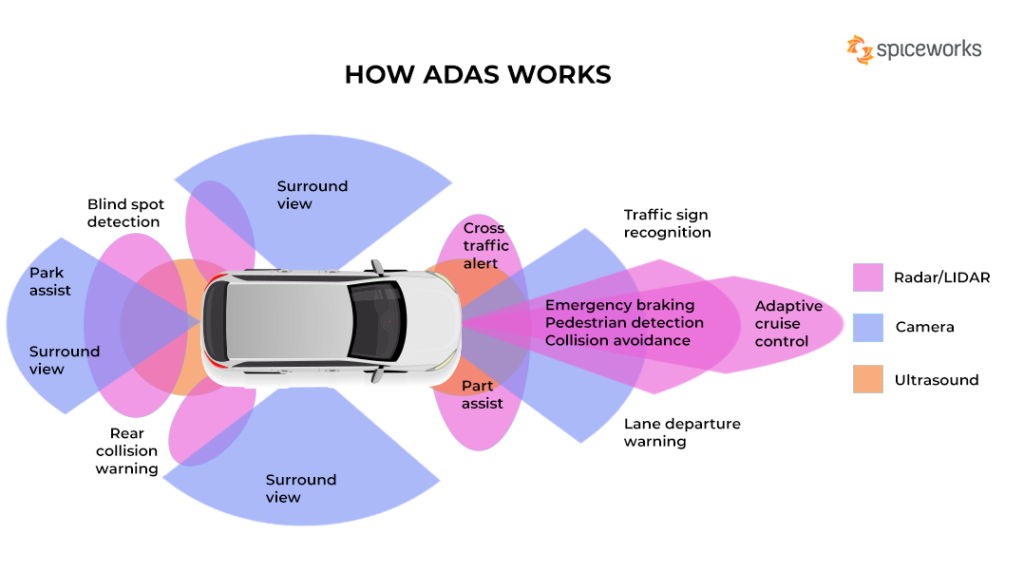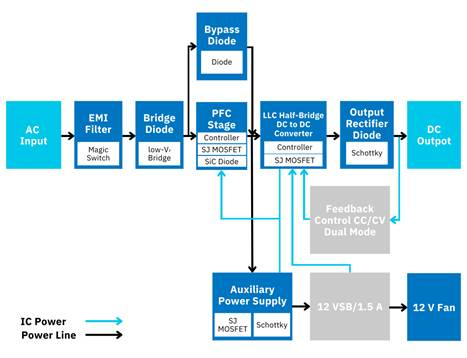Nuvoton Technology Corporation Japan (NTCJ) has announced the introduction of its groundbreaking indigo semiconductor laser, which boasts an optical output power of 1.7 W at a wavelength of 420 nm. This cutting-edge product is designed to advance optical system miniaturization and reduce costs, presenting a sustainable alternative to mercury lamps. By integrating this product with NTCJ’s mass-produced ultraviolet (378 nm) and violet (402 nm) semiconductor lasers, the company provides a comprehensive light source solution that aligns with sustainability goals.
As of January 15, 2025, this laser leads the industry in performance for semiconductor lasers emitting at a 420 nm wavelength, according to NTCJ’s research.
Key Achievements
- Unmatched Optical Power:
Achieves a record-setting optical output of 1.7 W at a 420 nm wavelength, providing exceptional design flexibility and enabling the creation of compact optical systems. - High Efficiency and Reliability:
Proprietary optical design and heat dissipation technologies ensure energy efficiency, longevity, and reduced operating costs for optical systems. - A Sustainable Alternative to Mercury Lamps:
The product combines seamlessly with existing ultraviolet and violet semiconductor lasers to replace mercury lamps, offering environmentally friendly light source solutions.
The Shift from Mercury Lamps
Mercury lamps, commonly used for industrial applications such as resin curing and exposure, emit distinct light lines including the i-line (365 nm), h-line (405 nm), and g-line (436 nm). Despite their widespread use, these lamps have limitations, such as bulky size, high energy consumption, and the use of mercury—a substance subject to stringent environmental and health regulations globally.
To address these challenges, NTCJ has developed high-efficiency semiconductor lasers that offer a sustainable and compact alternative. The new indigo laser emits light at 420 nm, near the g-line, and when paired with NTCJ’s ultraviolet and violet lasers, provides a versatile replacement for mercury-based light sources.
Innovative Features of the Indigo Semiconductor Laser
- Industry-Leading Performance:
- Optical Power: Delivers a powerful 1.7 W output at a 420 nm wavelength.
- Compact Design: Packaged in a TO-56 CAN (5.6 mm diameter), this compact format enhances device design flexibility and supports the miniaturization of light source devices.
- Proprietary Technology for Enhanced Efficiency:
- Advanced optical and heat dissipation technology minimizes power consumption and extends the lifespan of the light source, reducing maintenance and replacement costs.
- Over four decades of expertise and more than 3 billion semiconductor lasers shipped underscore NTCJ’s leadership in the field.
- Seamless Integration for Flexible Solutions:
- When combined with ultraviolet and violet semiconductor lasers, the indigo laser offers a comprehensive light source alternative to mercury lamps.
- Adjustable output power ratios enable tailored optical designs for specific applications, exceeding the capabilities of traditional mercury lamps.
Applications
The indigo semiconductor laser is ideal for a variety of applications, including:
- Replacement light sources for mercury lamps.
- Laser Direct Imaging (LDI) systems for circuit pattern exposure.
- Light sources for laser welding and 3D printing.
Product Details and Specifications
| Specification | Details |
|---|---|
| Product Name | KLC420FS01WW |
| Wavelength | 420 nm |
| Optical Output Power | 1.7 W |
| Package Type | TO-56 CAN |
| Functionality | Alternative light source solution for mercury lamps |
Advantages Over Mercury Lamps
- Compact Size: The indigo laser’s smaller design significantly reduces the size of light source devices compared to traditional mercury lamps.
- Lower Energy Consumption: High efficiency reduces operational costs and environmental impact.
- Long-Term Reliability: Proprietary technologies extend product life and reduce maintenance frequency.
- Regulatory Compliance: As mercury lamps face increasing restrictions due to environmental concerns, NTCJ’s lasers offer a sustainable, compliant alternative.
Exhibition Details
NTCJ will showcase the indigo semiconductor laser and its alternative light source solutions at two major industry events:
- SPIE Photonics West 2025:
- Location: San Francisco, USA.
- Dates: January 28–30, 2025.
- LASER World of PHOTONICS 2025:
- Location: Munich, Germany.
- Dates: Specific dates to be announced.
Visitors can explore the latest developments in optical technologies and learn about the innovative features of NTCJ’s semiconductor lasers.
Conclusion
The launch of Nuvoton Technology Corporation Japan’s indigo semiconductor laser marks a significant advancement in optical technology, offering unparalleled performance, sustainability, and versatility. By replacing mercury lamps, these lasers pave the way for a greener, more efficient future in industrial applications.



